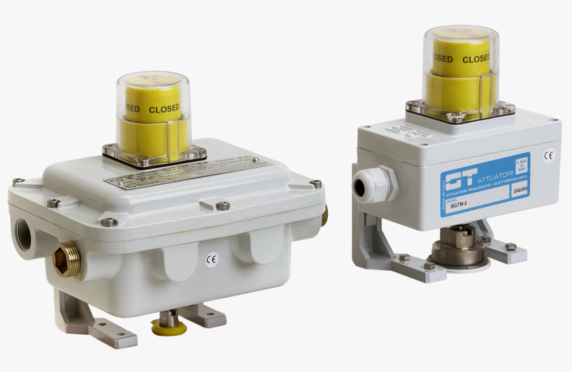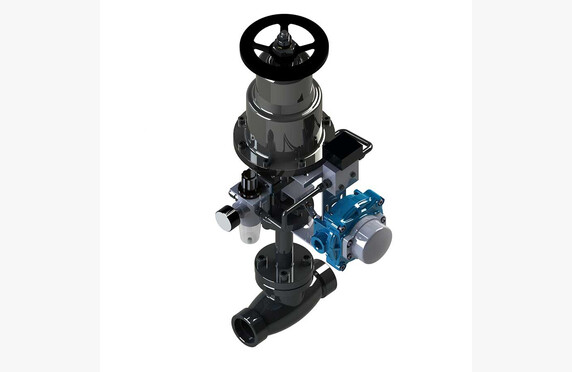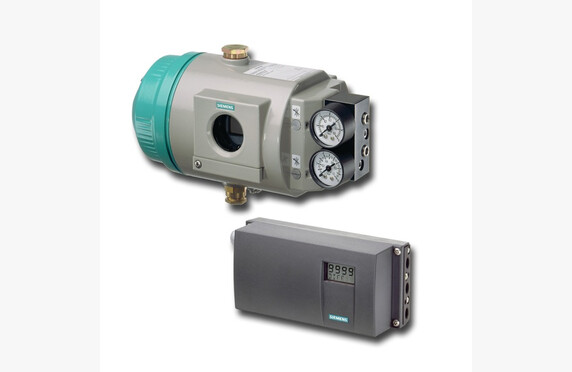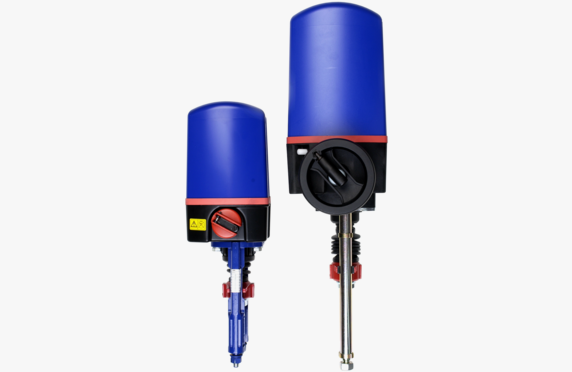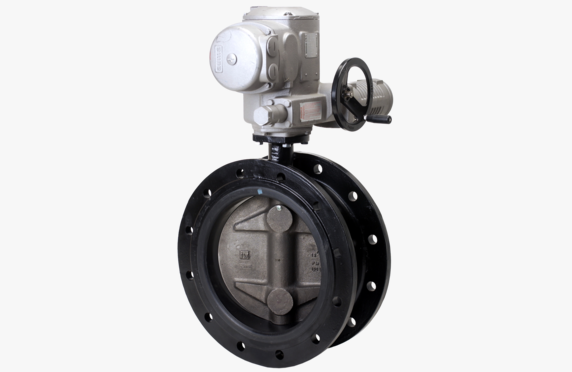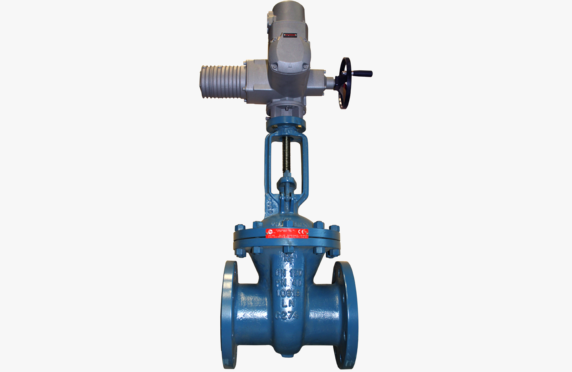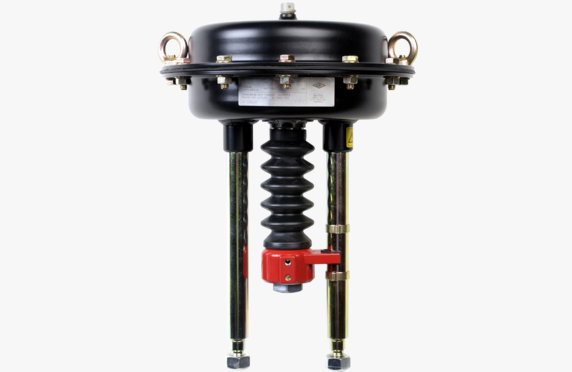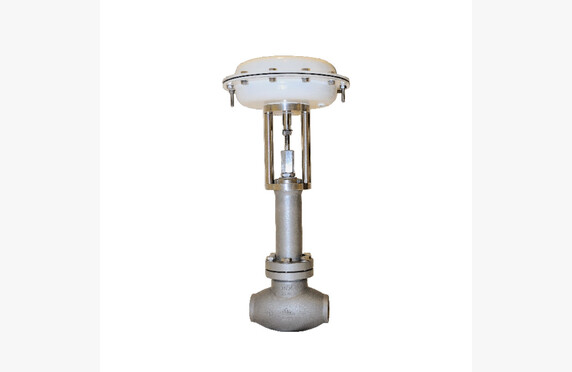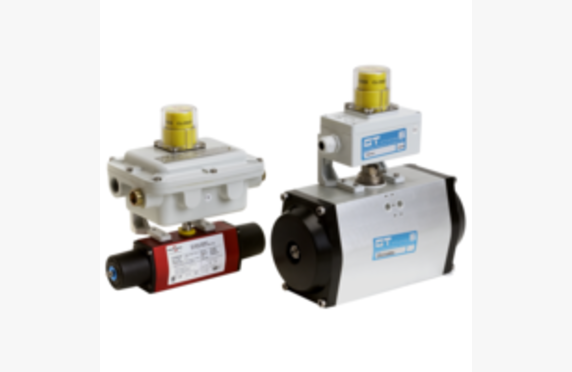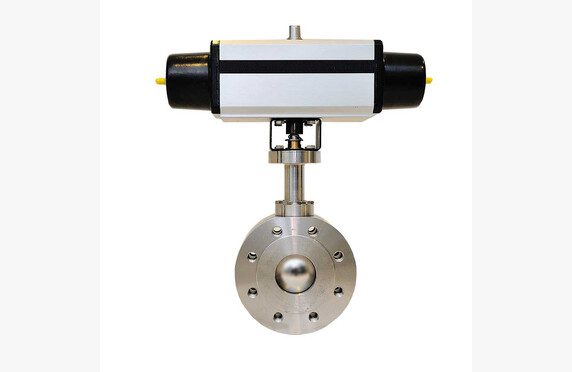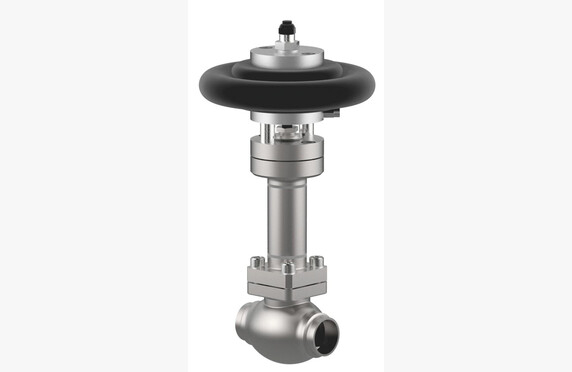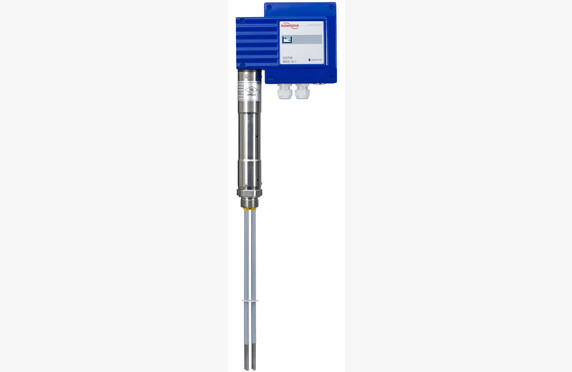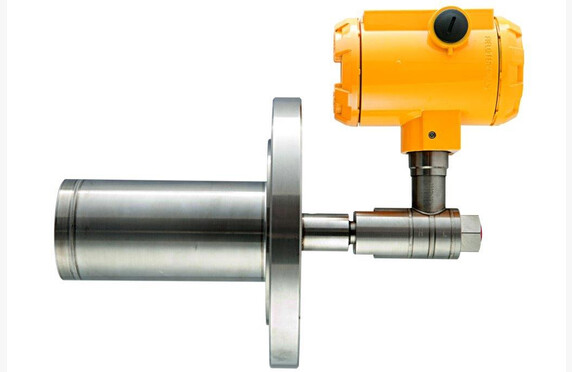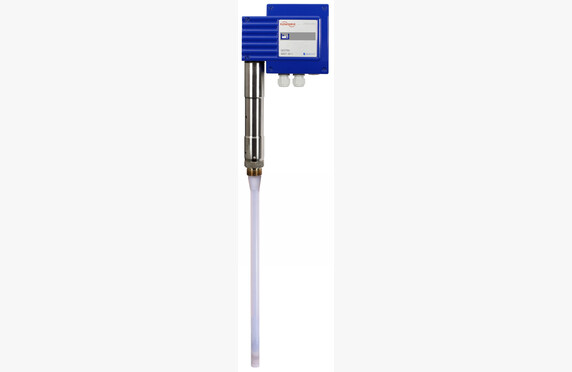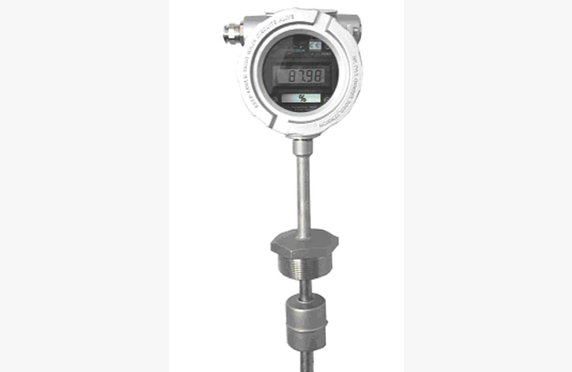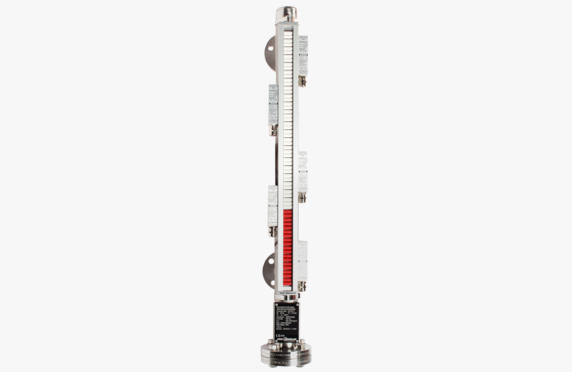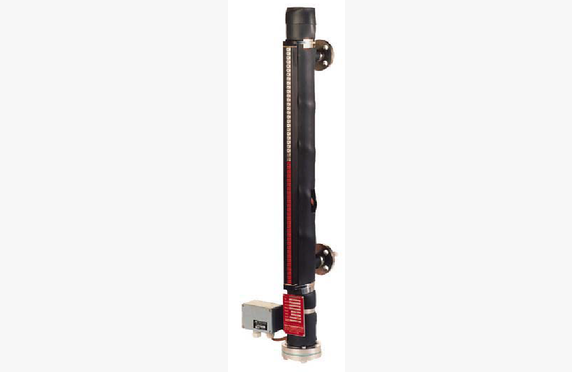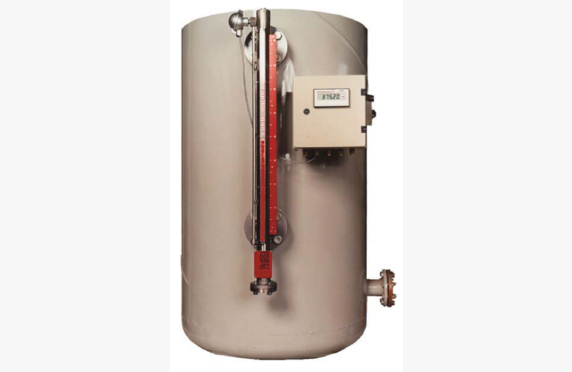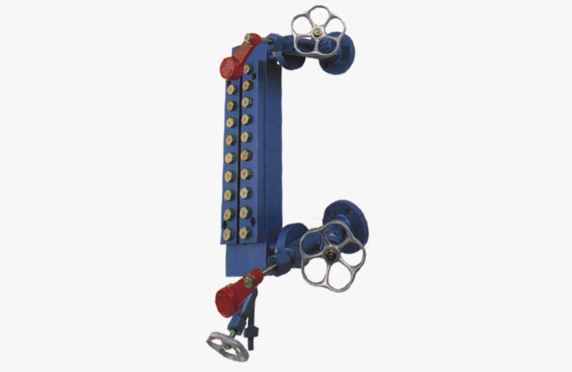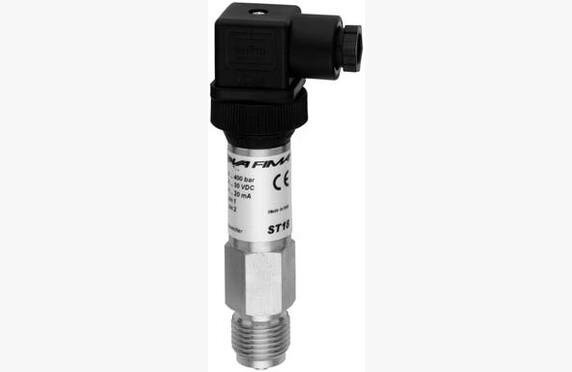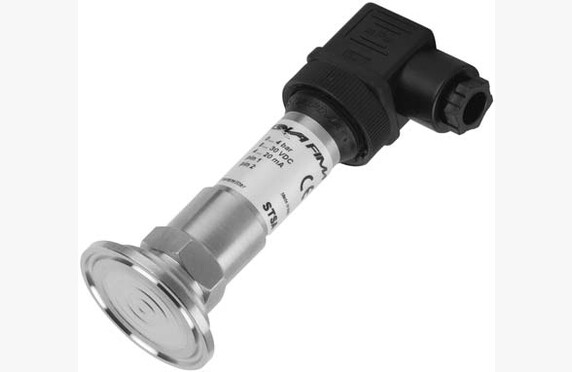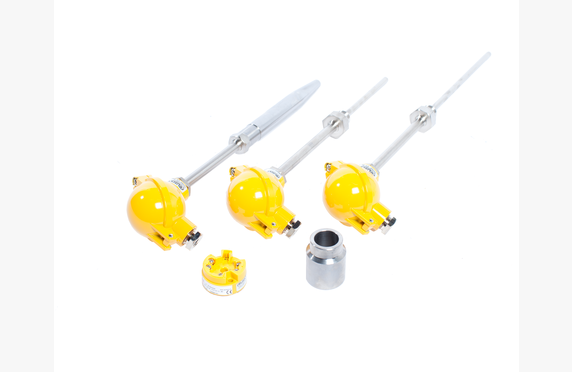CO2 vaporizers
CO2 vaporizers
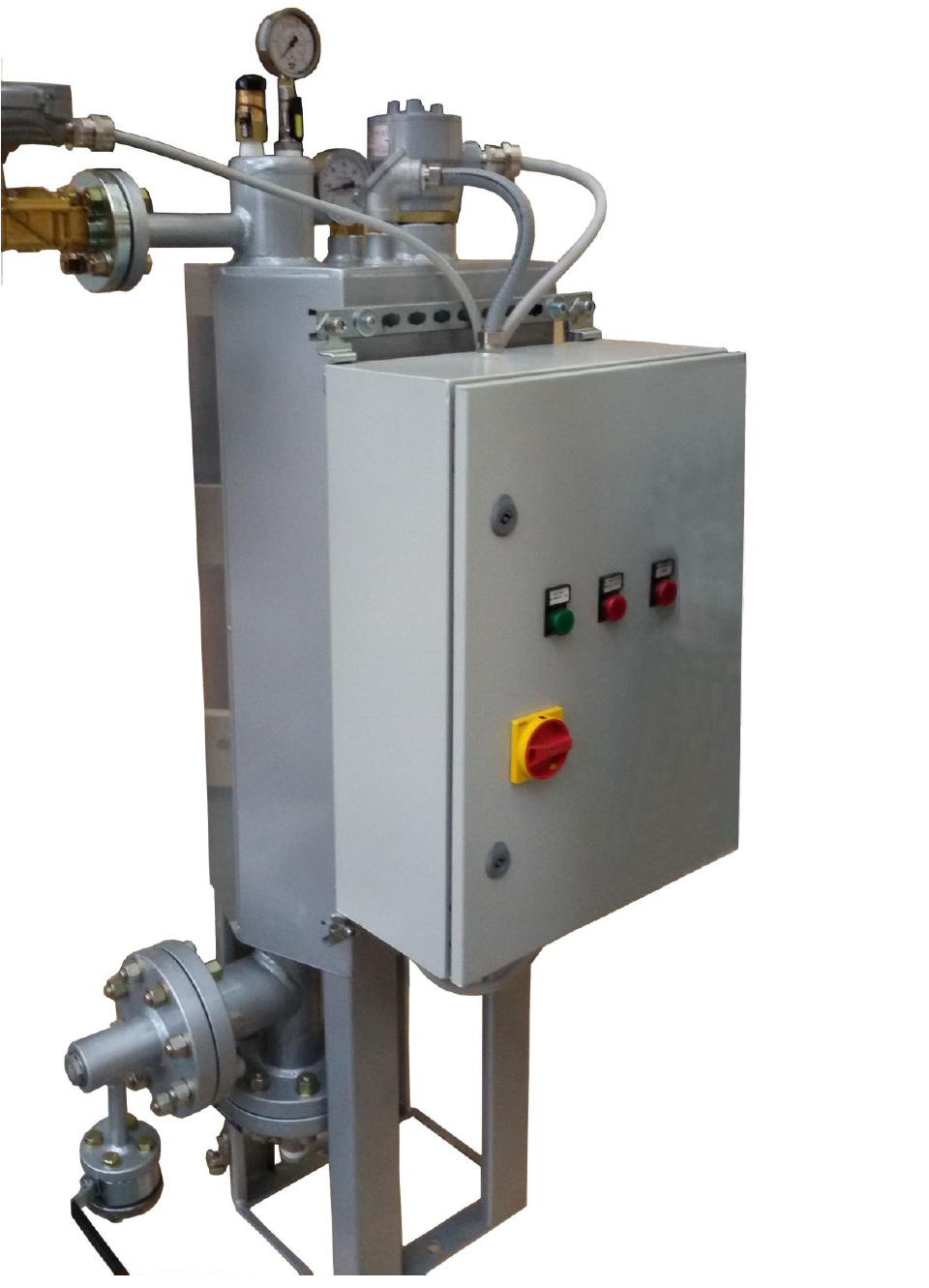
Media
Manufacturers
Technical specifications
Other names: CO2 vaporizer, CO2 vaporizer, carbon dioxide vaporizer
What is a Carbon Dioxide Vaporizer?
The function of the vaporizer is to convert carbon dioxide in a controlled manner from liquid phase to gas phase, allowing it to be used as a process gas. The carbon dioxide vaporizer – i.e. CO2 vaporizer – is based on an LPG vaporizer, but some components have been replaced so that the device is better suited for CO2 use.
Choosing a Carbon Dioxide Vaporizer
We assist in selecting a carbon dioxide vaporizer that meets the requirements of the application.
T.A.G. also supplies vaporizers for carbon dioxide. These vaporizers can be equipped with various safety devices and, for example, with a small cabinet if the installation takes place outdoors.
Contact our representatives for more information.
